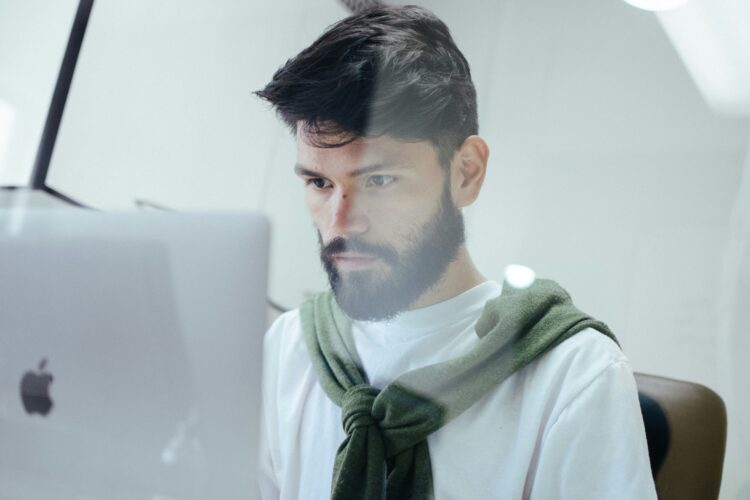
Imagine a world where stunning visuals are created not by human hands, but by artificial intelligence. Welcome to the realm of AI image generation, a revolutionary technology that’s poised to transform everything from the arts to advertising. But, how does AI image generation work? It’s a brave new world, and we’re here to guide you through it.
Key Takeaways
-
AI image generators create new visual content by interpreting text prompts using neural networks like GANs and NST, which learn from large datasets and craft images that combine content and artistic style.
-
The tools available for AI image generation, such as OpenAI’s DALL-E, vary in features, capabilities, and output quality, necessitating informed choices depending on the intended use, such as content marketing or artistic exploration.
-
AI image generation raises ethical concerns including the management of copyrights, intellectual property, and the risks associated with deepfake technology, necessitating responsible use and increased regulation.
The Mechanics of AI Image Generation
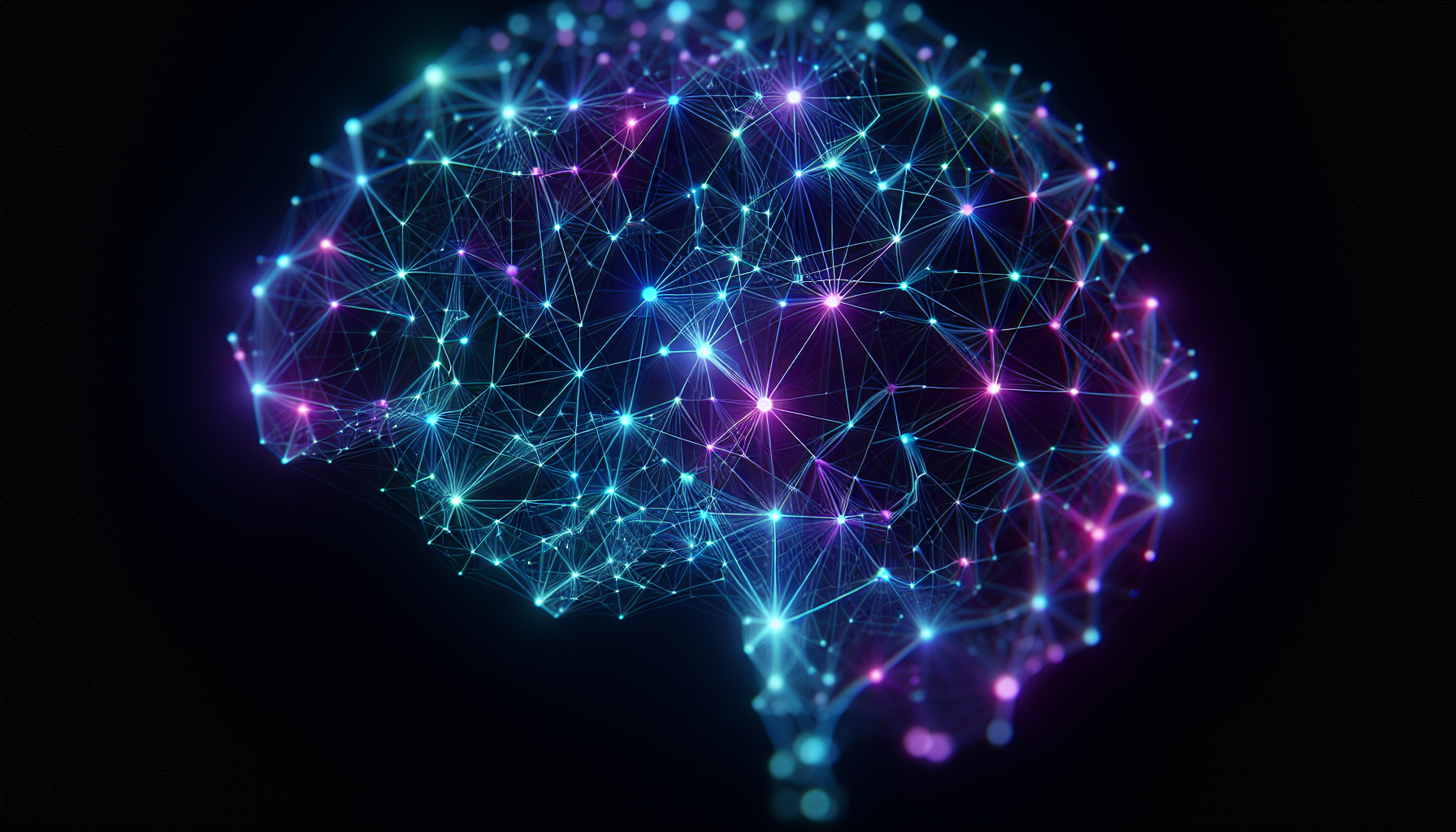
The domain of AI image generation is where creativity intertwines with technology. Imagine being able to transform a simple text prompt into a visually striking artwork. That’s exactly what AI image generators do. They utilize neural networks and machine learning algorithms to produce images according to text prompts, showcasing how AI image generators work. This groundbreaking technology transcends mere replication of existing images, instead, it crafts new ones. The style and content are shaped by extensive datasets of images utilized during the algorithm training phase.
The AI image generation process involves two neural networks. One network, known as the generator, is responsible for creating initial images. The other network, called the discriminator, refines these images, transforming text prompts into visually striking artworks. This intricate process helps to create high-quality images that are both mesmerizing and unique.
The Role of Neural Networks in Image Creation
Neural networks in AI image generation function similarly to a talented artist who converts a vibrant imagination into enthralling artwork. One of the fundamental techniques in this process is Neural Style Transfer (NST). NST is a deep learning application that combines the content of one image with the style of another to produce a new artistic piece. It’s like creating a beautiful mosaic, blending the subject matter from one image with the artistic essence of another to produce a unique visual composition.
NST employs a concept known as total loss to assess the significance of content in comparison to style in the resulting image. Think of total loss as an art critic, evaluating the balance between content and style in an artwork. It measures content similarity and stylistic similarity to establish a tailored balance in the resulting image.
Through this intricate process, NST creates a completely new image that reflects the content of one image while incorporating the artistic elements of another, just like a skilled artist would do.
Machine Learning Algorithms at Play
Within the sphere of AI image generation, machine learning algorithms act as the brushes and paints, giving life to visuals. One such algorithm is Generative Adversarial Networks (GANs), which employs a two-part system consisting of a generator network for image creation and a discriminator network for assessing their authenticity. It’s a battle of artistic prowess, where the generator strives to create increasingly realistic images, and the discriminator refines and perfects them.
Another powerful tool in the artistic arsenal of AI is diffusion models. Unlike traditional painting, where an artist starts with a blank canvas, diffusion models begin with a text prompt to produce an initial low-resolution image. They then enhance the image iteratively, adding details through a reverse diffusion process, like a sculptor chiseling a block of marble to reveal a beautiful statue. This method allows AI to produce exceptionally lifelike images from the ground up, leveraging a model’s acquired comprehension of various concepts, without dependence on pre-existing images.
From Text Prompt to Visual Output
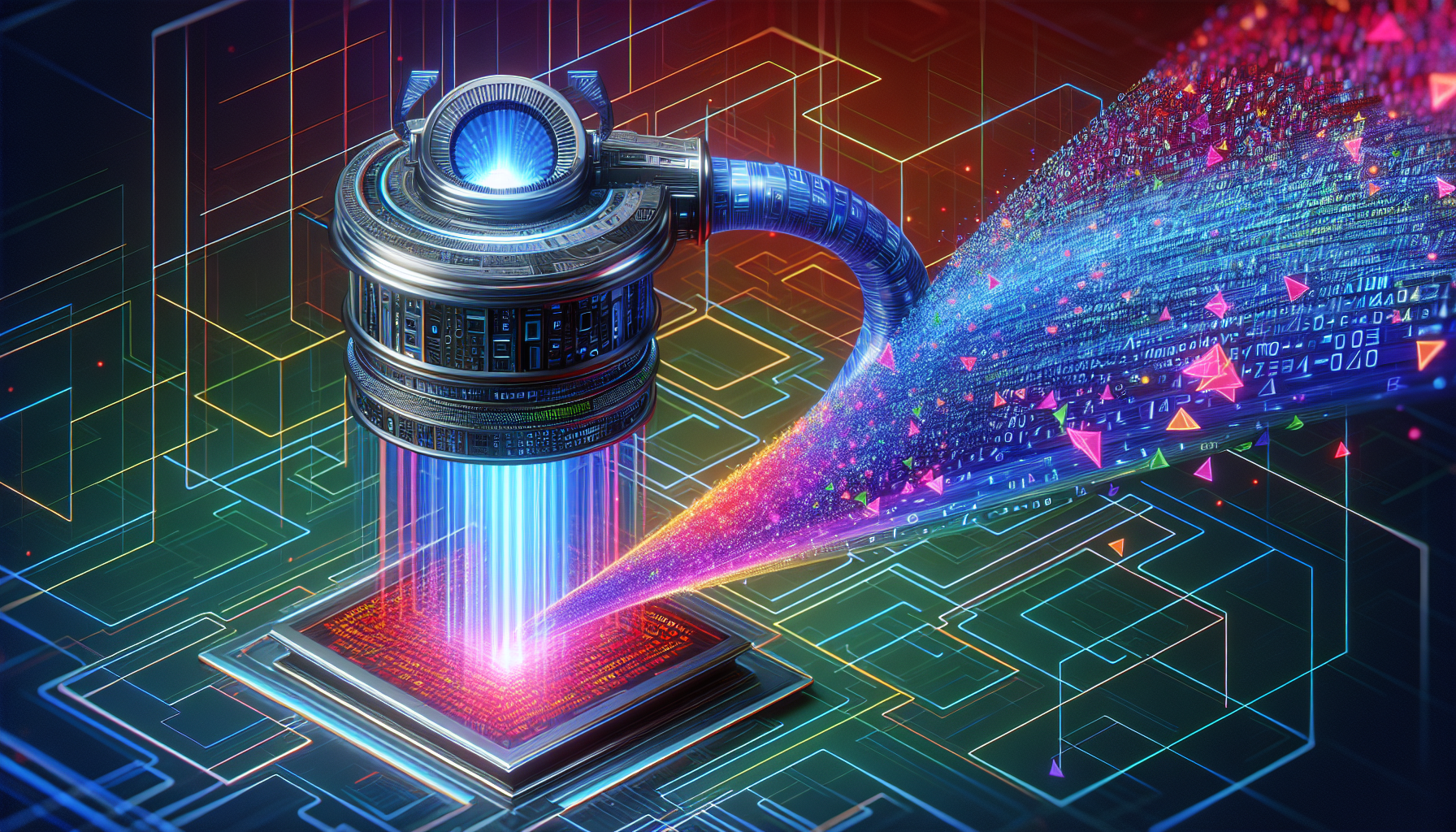
The procedure of turning text prompts into engaging visuals necessitates a profound comprehension of language. AI image generators interpret text prompts by converting them into a numerical representation that captures the key elements of the description and their relationships, much like an artist interpreting a scene in their mind before translating it onto canvas.
This conversion influences the generation of visual elements in an image to correspond with the provided description. For instance, if the text prompt specifies ‘a red apple on a tree,’ the AI utilizes the numerical representation to produce an image featuring a red apple situated on a tree. It’s as if the AI is reading a story and painting a picture based on it, bringing words to life in the form of visuals.
The Spectrum of AI Image Generators
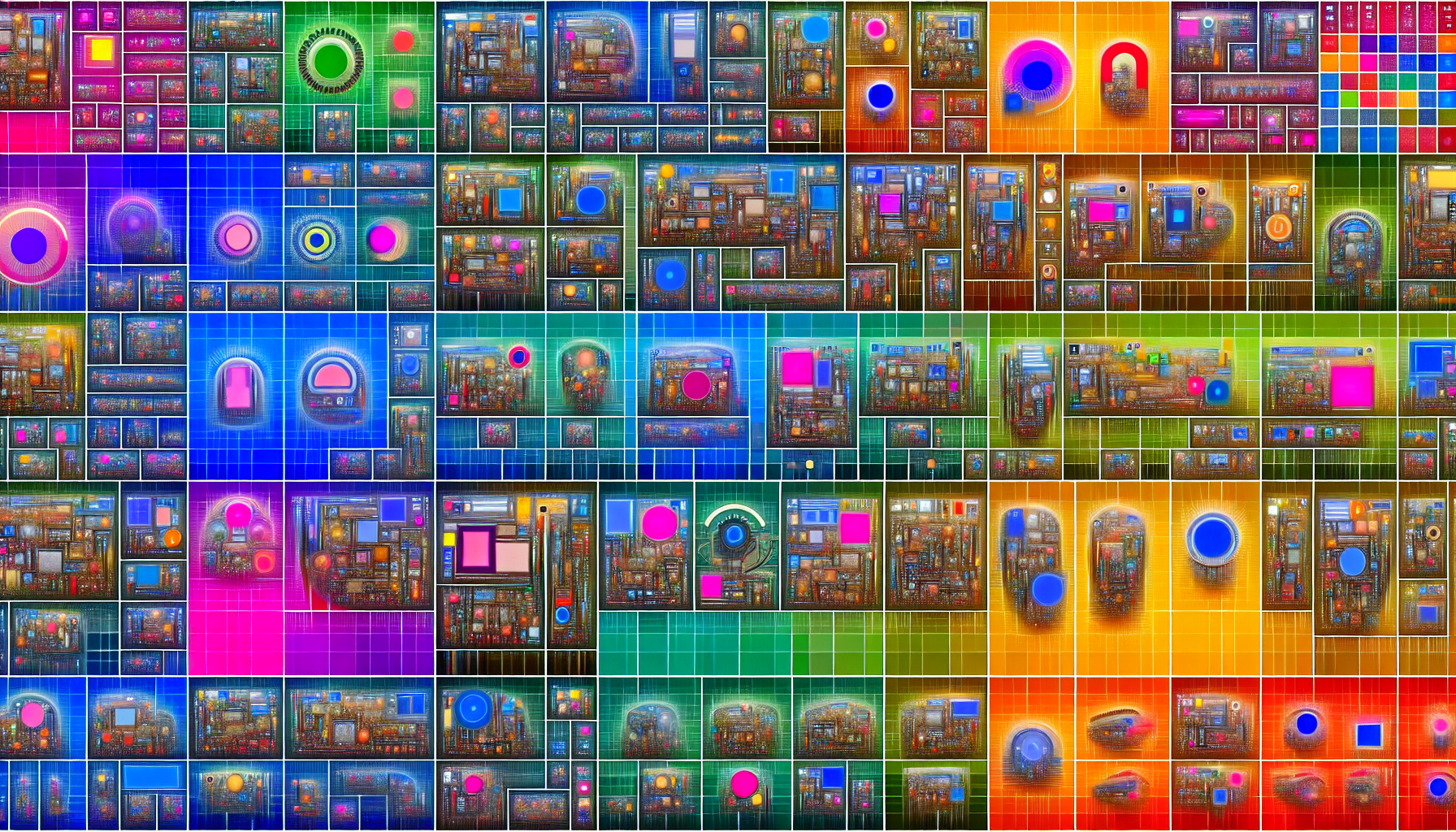
AI image generators exhibit as much diversity as the images they produce. Each tool has unique features and capabilities, much like different brushes in an artist’s toolkit. Some generators, such as OpenAI’s DALL-E, are renowned for their ability to generate high-quality images based on simple text inputs. They can produce a wide array of diverse images through the effective use of style prompts, much like an artist creating various styles of art using the same set of tools.
Understanding the differences between these generators is akin to distinguishing between different art styles. Each generator has its unique features and capabilities, from the technology it uses to its user interface and the quality of its output. The key is to choose the right tool that aligns with your specific needs, whether it’s creating an ad campaign, designing a product, or simply exploring the world of AI-generated art.
Distinguishing Between Generators
Choosing an AI image generator necessitates a clear understanding of their distinctions. Just like artists have different styles, AI image generators also vary in terms of technology, user interface, and output quality. Some popular AI image generators include:
-
Starry AI
-
Dream by Wombo
-
Nightcafe
-
Bing Image Creator
Each with its unique features and capabilities.
The quality of the images produced by these tools depends significantly on the neural networks they employ. Just like an artist’s skill influences the quality of their art, the sophistication of the neural networks used by an AI image generator influences the quality of the images it produces. Moreover, the user interfaces of these generators can also vary, affecting the ease of use and intuitiveness.
Selecting the Right Tool for Your Needs
Selecting the right AI image generator is like choosing the right brush for a painting—it depends on what you want to create. The output quality of an AI image generator can be assessed using metrics such as:
-
Accuracy
-
Precision
-
Recall
-
F1-score
These technical evaluations can be complemented by subjective image quality experiments and deep objective image quality metrics.
Some AI image generators, such as DALL·E and Midjourney, are recognized for their user-friendly interface, accuracy, speed, and consistently high-quality outputs. They are like trusted brands of art supplies, ensuring that you get consistently high-quality results every time you use them.
Generating Realistic Images with AI
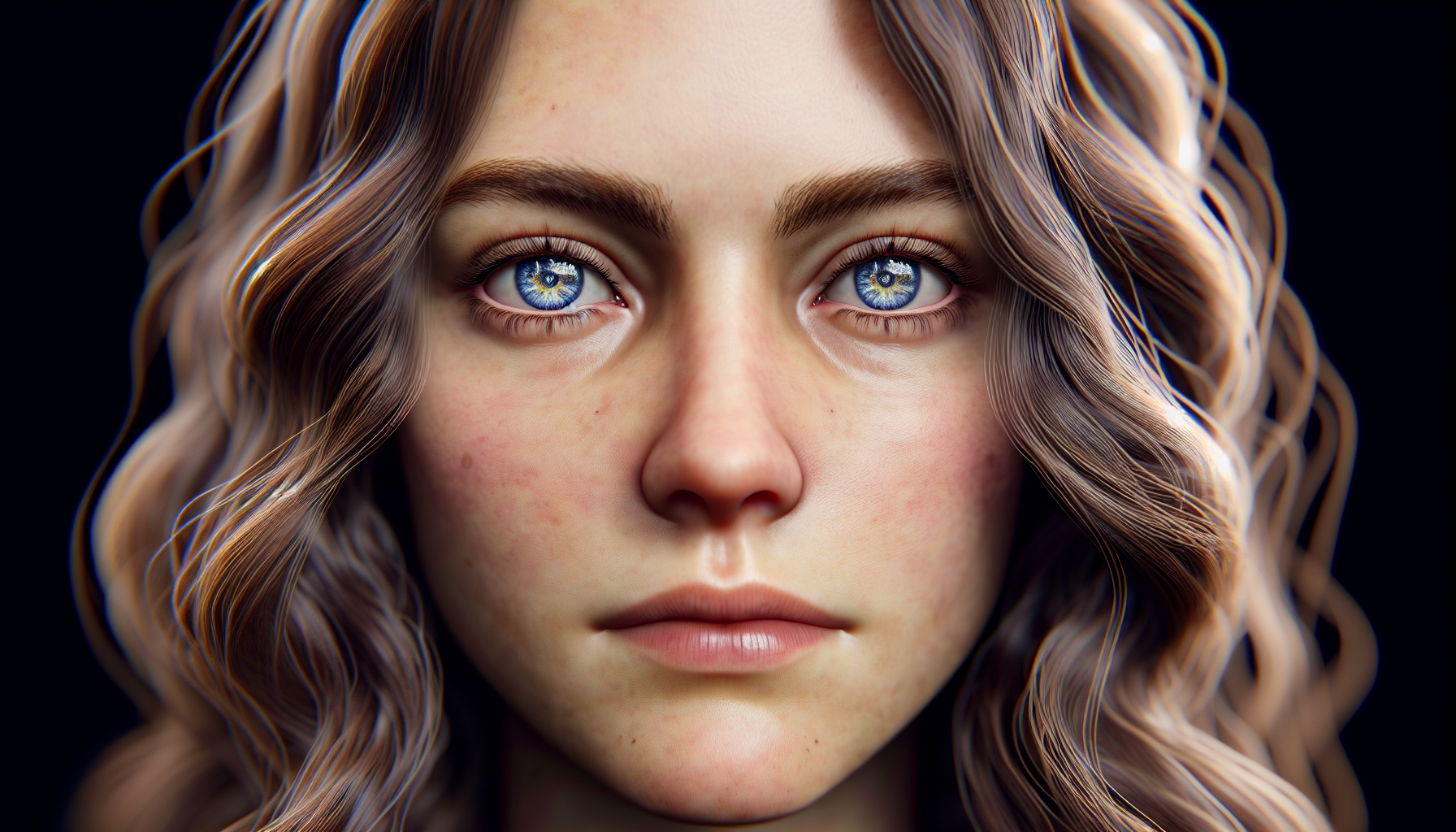
The creation of realistic images with AI parallels an artist’s pursuit of photorealism. It’s a challenging yet rewarding task, and AI has made significant strides in this direction. However, generating complex visuals such as:
-
human faces
-
landscapes
-
animals
-
objects
and enhancing image quality remain significant challenges. These complexities are like the intricate details in a portrait, requiring a keen eye and a steady hand to get just right, especially when working with new images.
AI-generated images can achieve impressive realism, thanks to machine learning algorithms such as GANs and diffusion models. These algorithms learn from extensive datasets of real human images to gain a deeper understanding of facial characteristics, much like an artist studying human faces to perfect their portrait skills. However, the quality of the resulting ai generated image heavily depends on the quality of the training data, just like an artist’s work depends on the quality of their art supplies. To generate images with the highest possible quality, it is crucial to use high-quality training data, which will result in images generated with impressive realism.
Overcoming the Complexity of Realism
Tackling the complexity of realism in AI-generated images is comparable to an artist achieving mastery over the art of photorealism. It requires understanding the subtleties and nuances of the subject matter and accurately capturing them in the artwork. In the case of AI, this involves training on large datasets that encompass diversity to accurately capture a complex range of human features, particularly in human faces.
However, just like an artist may struggle to depict the intricate details of a face, AI also faces significant challenges in creating realistic human imagery. Subtle imperfections such as unnatural teeth alignments or asymmetrical earrings can make the resulting image look less realistic. To overcome these challenges, AI employs techniques like GANs and diffusion models, which enhance the quality and authenticity of the images produced.
Enhancing Image Quality
Similar to an artist’s pursuit of high-quality art, AI also strives to escalate the quality of images it generates. This involves generating a version of the image with a higher pixel count, resulting in improved detail. However, the quality of AI-enhanced images is influenced by factors such as the resolution of the data used for model training. Poor quality or limited data can lead to overfitting and significant inaccuracies in the generated images, much like using poor quality art supplies can affect the quality of an artwork.
To enhance AI image enhancement outcomes, you can follow these steps:
-
Adjust the settings of the image upscaling tool to achieve the desired results.
-
Use high-quality source images to ensure that the AI algorithm has enough information to work with.
-
Avoid over-processing the image, as this can lead to unnatural or unrealistic results.
-
Review the before and after results to assess the improvements and make any necessary adjustments.
By following these steps, you can enhance the quality of your images using AI image enhancement techniques.
Practical Applications of AI-Generated Visuals
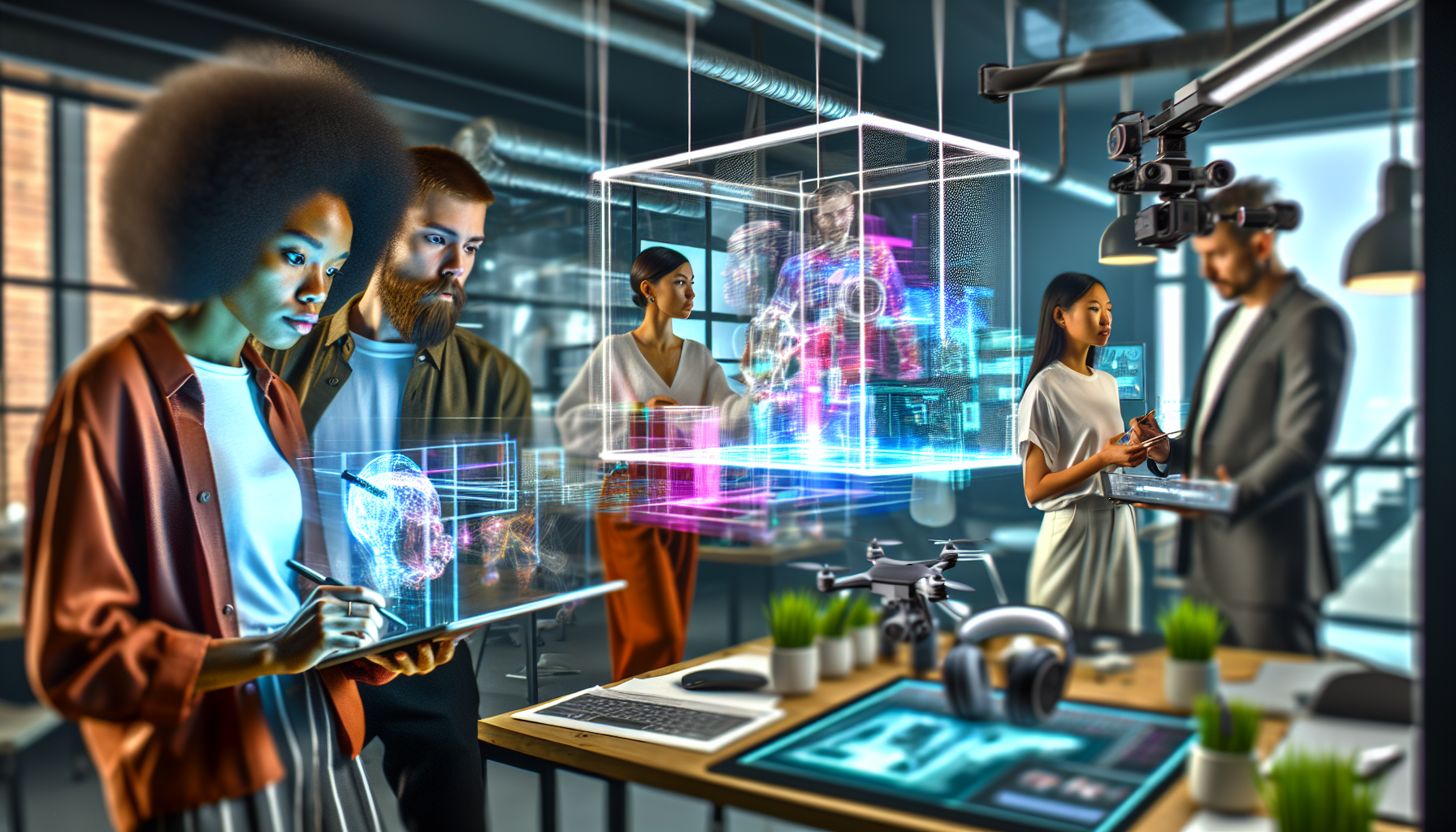
Beyond the artistic sphere, AI-generated visuals find functional applications in numerous industries. From revolutionizing the entertainment industry to contributing significantly to content marketing and architecture, AI-generated visuals are transforming the way we create and consume visual content.
For instance, in the entertainment industry, AI is employed to produce lifelike settings and characters for video games and movies. An example is the film ‘The Frost,’ which utilized AI to create every scene, demonstrating the potential of this technology in crafting visually impressive content. In content marketing, AI image generators automate the creation of ads, product showcases, blog pictures, and social media posts, providing a cost-effective and efficient solution for producing diverse visual content to engage audiences.
Transforming Creative Industries
AI image generation is revolutionizing creative industries by enhancing workflows and empowering unique content creation. It’s like having a tireless artist who can produce high-quality images at the click of a button. AI-generated images are utilized by brands to optimize workflows by efficiently generating images for campaign visuals, including advertisements and promotional materials, without the necessity of arranging expensive and time-consuming photo shoots.
The benefits of using AI-generated visuals in marketing campaigns are multifold. They allow for the production of high-quality images that can be customized for a specific campaign, enabling marketers to convey their messages with greater effectiveness and efficiency.
Furthermore, AI image generation tools empower small and medium businesses by automating various processes in content creation, thereby reducing the resource burden and enabling them to create distinctive, branded content with greater ease.
Educational and Professional Advancements
AI-generated visuals are not merely revolutionizing the creative industries; they are also making substantial progress in the sectors of education and professional development. They enhance classroom and online learning environments with customized, immersive experiences that facilitate the comprehension of intricate concepts, particularly for visual learners. Moreover, AI-generated visuals can assist students by increasing the accessibility of educational materials for those with disabilities and catering to diverse learning preferences.
In the professional realm, AI-generated visuals are impacting product design in the following ways:
-
Facilitating the creation of diverse product images and novel designs from written prompts
-
Expediting the design process
-
Fostering innovative potential, much like an artist bringing a vision to life.
Ethical Considerations in AI Image Generation
Like any potent tool, AI image generation too is accompanied by a set of ethical considerations. These encompass:
-
Managing copyright and intellectual property concerns
-
Dealing with the possible misuse of deepfake technology
-
Ensuring responsible use of powerful technology
Just as an artist must respect the intellectual property rights of others, so too must those using AI image generators. Copyright infringement is a serious concern when training neural networks using copyrighted images. Furthermore, deepfakes, or authentic-looking visual representations of events that did not actually happen, produced using AI image generation techniques, pose challenges in discerning them from genuine content.
Navigating Copyright and Intellectual Property
In terms of copyright and intellectual property, AI-generated images reside in a gray zone. The application of intellectual property law to AI-generated content is a multifaceted issue, involving considerations of:
-
Copyright
-
Patent
-
Trademark infringement
-
Ambiguity surrounding content ownership.
While AI-generated images are eligible for copyright protection, there are ongoing legal discussions and court decisions regarding this issue. At present, AI-generated images do not meet the criteria for copyright protection, raising questions about who owns the copyright of these images.
Addressing Misuse and Deepfake Technology
The possible misuse of AI-generated images, especially deepfakes, poses a major concern. In March 2023, AI-generated fake images caused confusion and the dissemination of false claims. Some examples include:
-
Images depicting the arrest of former President Donald Trump
-
Images showing celebrities engaging in illegal activities
-
Images of politicians endorsing controversial policies
These incidents highlight the need for increased awareness and regulation to combat the spread of misinformation through AI-generated images.
The sophistication of deepfakes has made it increasingly challenging for individuals to differentiate them from authentic content, leading to the perception of misinformation as genuine. Social media platforms and news outlets face challenges in promptly identifying and eliminating deepfake content, leading to difficulties in curtailing the spread of misinformation among the general public.
Future Prospects: AI’s Influence on Art and Design
Looking ahead, it’s evident that AI image generation will persist in shaping the realms of art and design. Far from replacing human artists, AI serves as a powerful tool that aids and empowers artists in their creative endeavors. It’s like a new medium of art, opening up untapped possibilities and fostering collaboration between humans and machines.
In the design sphere, AI image generators can be used to input text and generate a multitude of ideas for crafting new icons for an interface. It’s like a brainstorming session with an AI, generating fresh and innovative ideas at an unprecedented pace.
Summary
As we’ve seen, AI image generation is not just a technological marvel—it’s a transformative tool that’s reshaping how we create and consume visual content across various sectors. From revolutionizing the creative industries to enhancing educational and professional advancements, AI is painting a new picture for the future. As we navigate this brave new world, we must be mindful of the ethical considerations and challenges that come with it. But with careful navigation and thoughtful application, the potential of AI image generation is truly limitless.
Frequently Asked Questions
How is AI-generated images made?
AI-generated images are made using trained artificial neural networks to create original, realistic visuals based on textual input provided in natural language.
Where do AI image generators get their images?
AI image generators get their images from a trained dataset through machine-learning procedures. The input data provided instructs the program to create the desired image.
How does AI image processing work?
AI image processing works using convolutional neural networks (CNNs), which automatically learn and extract features from images through layers with learnable filters (kernels). These filters detect patterns such as edges, textures, and more complex features, enabling the network to understand and process images effectively.
What are some popular AI image generators currently accessible?
You can explore popular AI image generators like Starry AI, Dream by Wombo, Nightcafe, Bing Image Creator, Visme, DALL-E, Craiyon, Midjourney, and Jasper Art to create fascinating images.
What are the ethical considerations concerning AI image generation?
When considering AI image generation, it’s important to address copyright and intellectual property issues, as well as the potential misuse of deepfake technology.

Comments